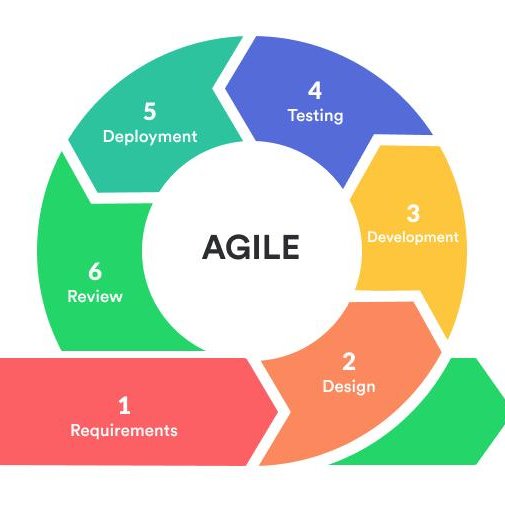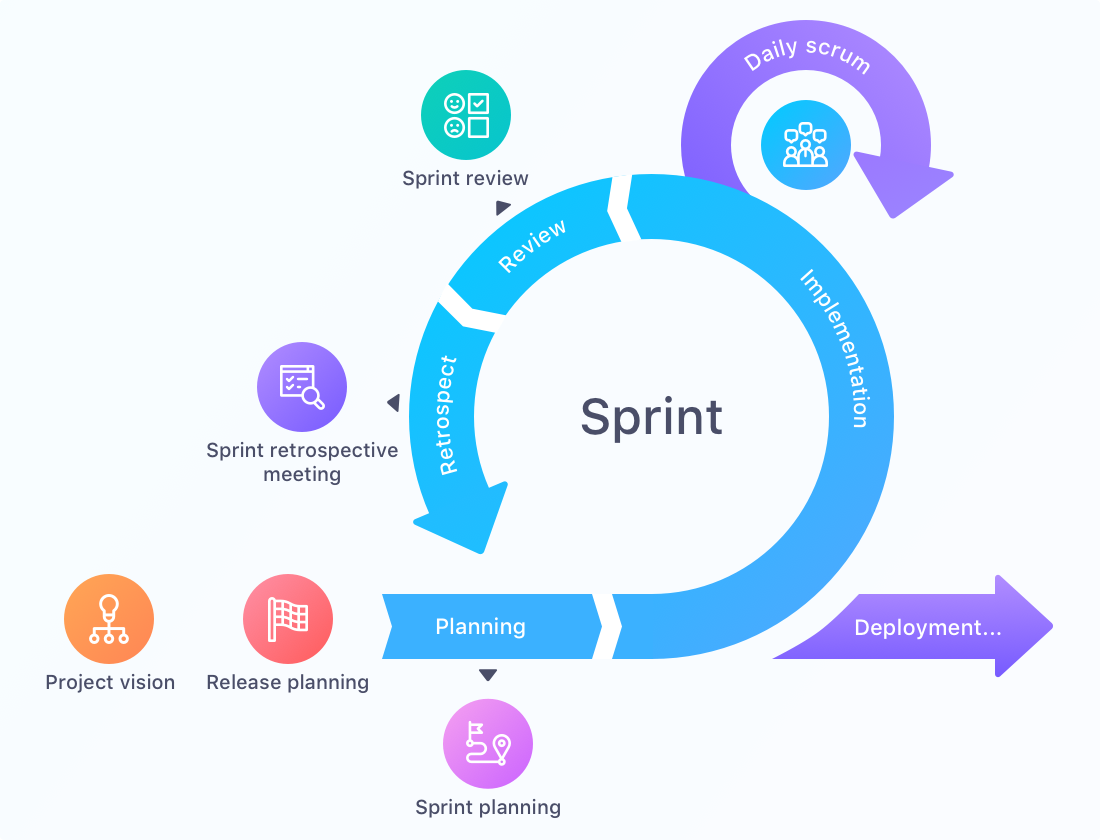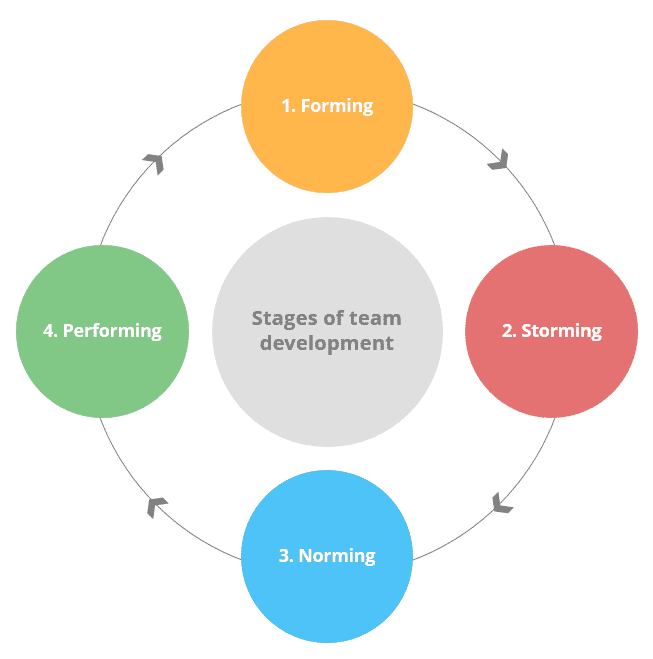In each of these scenarios, the Scrum Master’s role is to address the issue by proactively identifying the root cause, working with the appropriate parties to find a solution, and monitoring progress to ensure the impediment is resolved. This allows the Scrum Team to focus on delivering high-quality, valuable increments in a timely manner.
| Issue # | Issue | Action | Scenario | Coordination | Prevention | Agile Manifesto Rule |
|---|---|---|---|---|---|---|
| 1 | Poor communication | Facilitate regular channels | Team members not sharing updates | Scrum Team | Daily stand-ups, feedback sessions | Face-to-face conversation |
| 2 | Unclear requirements | Clarify requirements | Ambiguous user stories | Product Owner, Scrum Team | Detailed user stories, acceptance criteria | Collaborate with business people |
| 3 | Overlapping roles | Define roles & responsibilities | Conflicting responsibilities | Scrum Team | Role-based training, RACI matrix | Self-organizing teams |
| 4 | Inadequate tools | Provide necessary tools | Missing software, hardware | Scrum Team, Organization | Assess needs, advocate for resources | Support motivated individuals |
| 5 | External dependencies | Resolve dependencies | Delay from external stakeholders | External stakeholders, Scrum Team | Identify dependencies, establish communication | Harness change for advantage |
| 6 | Unrealistic deadlines | Set achievable deadlines | Tight, unachievable schedule | Product Owner, Scrum Team, Stakeholders | Use historical data, team capacity | Sustainable development |
| 7 | Technical debt | Prioritize addressing debt | Refactoring, code quality | Scrum Team | Include debt reduction in backlog | Technical excellence, good design |
| 8 | Burnout, low morale | Monitor workload, work-life balance | Overworked, stressed team | Scrum Team, Organization | Supportive culture, team building | Sustainable development |
| 9 | Insufficient skills | Facilitate training, mentoring | Skill gaps within team | Scrum Team, Organization | Skills assessment, continuous learning | Support motivated individuals |
| 10 | Team conflicts | Mediate conflicts | Disagreements within team | Scrum Team | Open communication, conflict resolution framework | Self-organizing teams |
| 11 | Scope creep | Control scope, manage changes | Uncontrolled addition of features | Product Owner, Scrum Team | Backlog grooming, prioritize features | Welcome changing requirements |
| 12 | Inefficient meetings | Optimize meetings | Long, unproductive meetings | Scrum Team | Clear agenda, timeboxes, follow-up | Maximizing work not done |
| 13 | Inaccurate estimations | Improve estimation techniques | Underestimated tasks | Scrum Team | Use historical data, refine estimation techniques | Sustainable development |
| 14 | Lack of customer feedback | Encourage customer collaboration | Insufficient user input | Product Owner, Stakeholders | Regular feedback sessions, demos | Satisfy the customer |
| 15 | Ineffective sprint planning | Enhance sprint planning | Poorly planned sprints | Product Owner, Scrum Team | Review past sprints, improve backlog | Deliver working software frequently |
| 16 | Inconsistent velocity | Stabilize team’s velocity | Fluctuating productivity | Scrum Team | Monitor, analyze, and adapt sprint planning | Maintain a constant pace |
| 17 | Lack of visibility | Improve transparency | Unclear project status | Scrum Team, Stakeholders | Visual management tools, regular updates | Deliver working software frequently |
| 18 | Incomplete user stories | Ensure complete user stories | Incomplete or vague user stories | Product Owner, Scrum Team | Detailed user stories, prioritize backlog | Continuous delivery of valuable software |
| 19 | Insufficient testing | Strengthen testing process | Bugs or defects in software | Scrum Team, QA Team | Test-driven development, automated testing, continuous integration | Working software as primary measure |
| 20 | Inefficient retrospectives | Improve retrospective process | Ineffective reflection on past sprints | Scrum Team | Encourage open discussion, use retrospective techniques, action items follow-up | Team reflects, tunes, and adjusts behavior |
| 21 | Poor communication in remote teams | Facilitate virtual communication channels | Remote team members not sharing updates | Scrum Team | Scheduled video calls, collaboration tools, virtual team-building | Face-to-face conversation (adapted for remote) |




